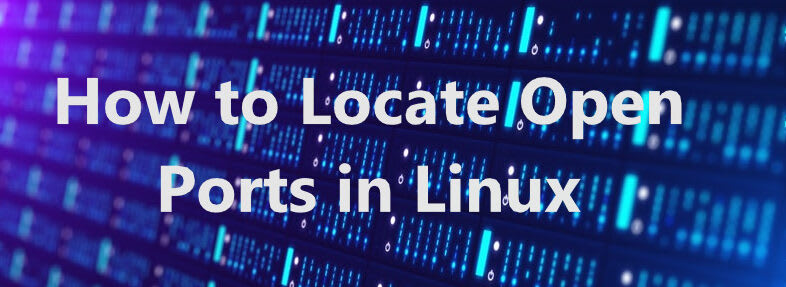Tag: SSL
Visit our SSL section for all the answers to your Secure Socket Layer related questions including how to buy, generate and auto-renew a certificate.
TLS vs SSL: A Comparison
What is Transport Layer Security (TLS)?
Transport layer security (TLS) is another security protocol designed for privacy and data security among Internet communications. It encrypts communication between web apps and servers and is also used to encrypt email, messaging, and voice over IP (VoIP).
How To Install and Configure Webmin on Ubuntu 20.04
What is Webmin?
Webmin is an open-source web control panel that allows you to administrate your Linux system through a web browser. With a few clicks, you can manage your users, configure the DNS, or tweak your web server. For those who are not big fans of the command line, this must-have tool will make your server administration smooth and easily manageable. In this article, we'll learn how to install and configure Webmin on Ubuntu 20.04 server.
Alert Logic Security and Compliance Suite
Introduction
Intrusion detection systems (IDSs) are an ever-present requirement in a cybersecurity infrastructure to ensure a server or internal network is protected. An intrusion detection system is either a hardware device or software program that actively monitors a server or group of servers for network policy violations or malicious activity. Any suspicious activity, attempted attack, or policy violation is reported and logged to a centrally located security information and event management (SIEM) system database, or directly to a security administrator for further review. This article explores Liquid Web’s intrusion detection product called Alert Logic Security and Compliance Suite.
How To Filter Spam Email

Introduction
Email. We all use it, and we all have spam issues from time to time. Whether you use Gmail, Outlook, Hotmail, Apple Mail, or another type of webmail software, spam is an annoyance that robs us of precious time that should be made available for more worthwhile pursuits. This article will demonstrate multiple methods for filtering out a significant portion of bothersome and inconvenient spam from our inbox.
Threat Stack Intrusion Detection System
Introduction
This article will review some of the more technical aspects of Threat Stack. Threat Stack is a platform-independent intrusion detection system (IDS) designed to provide users with a unique view into various integrated server security functions. It monitors both Linux and Windows servers as well as Kubernetes or other container-based server infrastructures to observe behaviors and detect malicious, uncommon, and risky activity.
What is SIEM?

Security Information and Event Management (or SIEM) is a subset of the computer security field, where applications and services join forces with security event management and security information management. When united, these disciplines provide significantly improved real-time statistical data and threat analysis of alerts generated by the related applications. The 2021 Internet Security Threat Report from Sophos denotes that are not only the number of attacks on the rise but also the diverse nature of methodologies and vectors of incursions used. This necessitates the fact that adding a SIEM is especially warranted at this time.
How to Stop Outgoing Email Spam
Introduction

The most effective method to protect a server from sending spam is to prevent it in the first place. In this article, we provide several techniques to use to keep the server from sending out unwanted spam or junk mail. Typically, unwanted, and unsolicited spam email is usually bulk sent out to an indiscriminate list of recipients. Spam is often used for commercial purposes but can be sent out in massive volume by a botnet or a network of infected computers.
How to Locate Open Ports in Linux
How to Install Thunderbird on CentOS 8 & Ubuntu 20
What is Thunderbird?

Thunderbird is one of the most widely used open-source email clients in the world. Mozilla originally developed the software in 2004, but the project waned in 2014/15, and Mozilla stated that they would only deliver security and maintenance updates in the future. Until recently, the community maintained the software when a Mozilla Foundation subsidiary, MZLA Technologies Corporation, took over. Today, the improvements in security and stability are very much appreciated, and since version 78, Thunderbird has built-in OpenPGP encryption technology enabled by default. Earlier versions used the available PGP technology, but it needed to be installed as a supplemental plugin.
How to Install an SSL on a Core/Unmanaged Ubuntu Server
Why do I Need to Install or Reinstall My SSL Certificate?
According to Globalsign;
Our Sales and Support teams are available 24 hours by phone or e-mail to assist.


